Physical Address
304 North Cardinal St.
Dorchester Center, MA 02124
Physical Address
304 North Cardinal St.
Dorchester Center, MA 02124

Trong tiếng Anh, các mùa trong năm không chỉ là chủ đề quen thuộc trong giao tiếp hàng ngày mà còn xuất hiện nhiều trong các bài học và kỳ thi ngoại ngữ. Tìm hiểu về từ vựng, cách sử dụng cũng như những điểm đặc biệt của các mùa—Spring, Summer, Autumn (hay Fall) và Winter—là bước quan trọng giúp nâng cao khả năng tiếng Anh của bạn. Trong bài viết này, chúng ta sẽ khám phá tên gọi, thứ tự, cách phân biệt giữa “Autumn” và “Fall”, cùng những từ liên quan và cách sử dụng tên các mùa trong câu tiếng Anh một cách chuẩn xác, tự nhiên nhất.
There are four seasons in a year: spring, summer, autumn (or fall), and winter. Spring is a wonderful time when nature comes back to life. Flowers bloom, trees grow fresh leaves, and the weather becomes pleasantly mild. It’s a season of renewal, making everyone feel hopeful and cheerful.
As spring fades into summer, the days get warmer and longer. Summer is often associated with sunshine, vacations, and outdoor activities. People love to spend time at the beach, enjoying the hot weather, ice cream, and relaxing by the water.
Autumn, also known as fall, brings a beautiful change in scenery. The leaves turn brilliant shades of red, orange, and yellow, creating a stunning landscape. As temperatures cool down, it’s the perfect time for cozy sweaters and warm drinks. Harvest festivals celebrate the bounty of the season.
Finally, winter arrives, blanketing the world in snow and cold. While it can be chilly and frosty, winter has its own magic with holidays and festive celebrations. People often enjoy activities like skiing, building snowmen, and sipping hot chocolate by the fire. Each season is special and brings its own unique beauty.
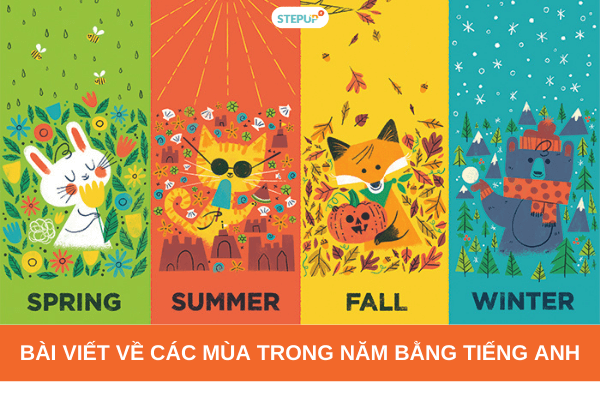
Spring is a beautiful season that bridges the cold, harsh winter and the warmth of summer. Typically lasting from March to June in the Northern Hemisphere, spring is a time of renewal and growth. As temperatures start to rise, flowers bloom, trees regain their leaves, and animals awaken from their winter slumber, creating a vibrant canvas of life all around.
During this season, nature comes alive, and many people feel a sense of rejuvenation. It’s the perfect time for farmers to sow grain seeds, as the soil becomes more fertile and receptive to growth. The air is filled with the sweet fragrance of blossoms, and one can often hear the cheerful sounds of birds returning from their migration.
Moreover, spring is often associated with new beginnings. It represents youth and freshness, making it a metaphorical spring in one’s life. People tend to engage in outdoor activities, celebrating the beauty of nature, which inspires a sense of hope and joy. In many cultures, spring signifies a time to refresh our spirits and embrace the possibilities that lie ahead.

Summer is a delightful season that falls between spring and autumn. It typically spans from June to August and is characterized by the warmest weather of the year. During summer, people often embrace outdoor activities like picnics, beach outings, and hiking, which allows them to enjoy the sun and nature.
In many cultures, summer symbolizes freedom and joy. Kids are usually on vacation, and families take trips to various destinations, creating cherished memories. This time of year is also associated with blooming flowers, greenery, and long, sunny days, which invigorate the spirit.
In Vietnamese, “summer” translates to “mùa hè” or “mùa hạ.” The vibrant atmosphere of summer encourages social gatherings and fun events, making it a favorite among many. Whether it’s enjoying the warmth or partaking in exciting adventures, summer brings a sense of relaxation and happiness to everyone. It’s a season that inspires creativity and connection with loved ones, leaving us with beautiful experiences to cherish long after the sun sets on its final days.
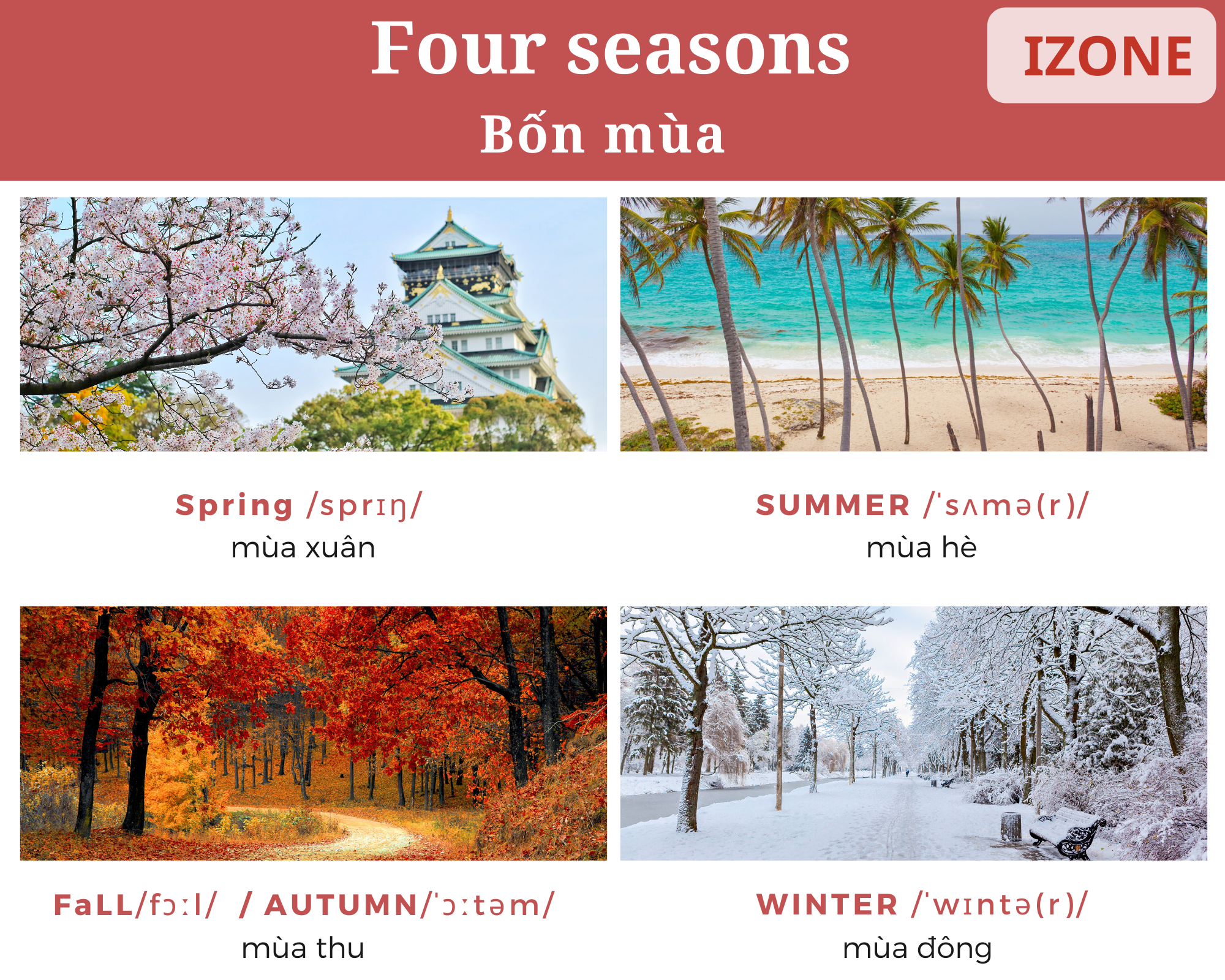
Autumn, also known as fall in American English, is a beautiful and transformative season that occurs between summer and winter, lasting from September to November in the Northern Hemisphere. This time of year is characterized by cool, crisp air and the stunning change of foliage, as leaves turn vibrant shades of orange, yellow, and red. The landscape transforms into a picturesque canvas, attracting nature lovers and photographers alike.
In many cultures, autumn symbolizes change and reflection. It is a time for harvest festivals, gatherings with family, and moments of gratitude. The Mid-Autumn Festival, celebrated in various countries, highlights the importance of family reunions and enjoying traditional foods like mooncakes.
Interestingly, the term “autumn” is often used in British English, while “fall” is more common in American English. Despite this difference, both terms evoke similar feelings of nostalgia and warmth. As the days grow shorter and temperatures drop, autumn invites us to embrace the beauty of transition and the cozy moments that come with it, like sipping warm drinks and enjoying nature’s stunning display.
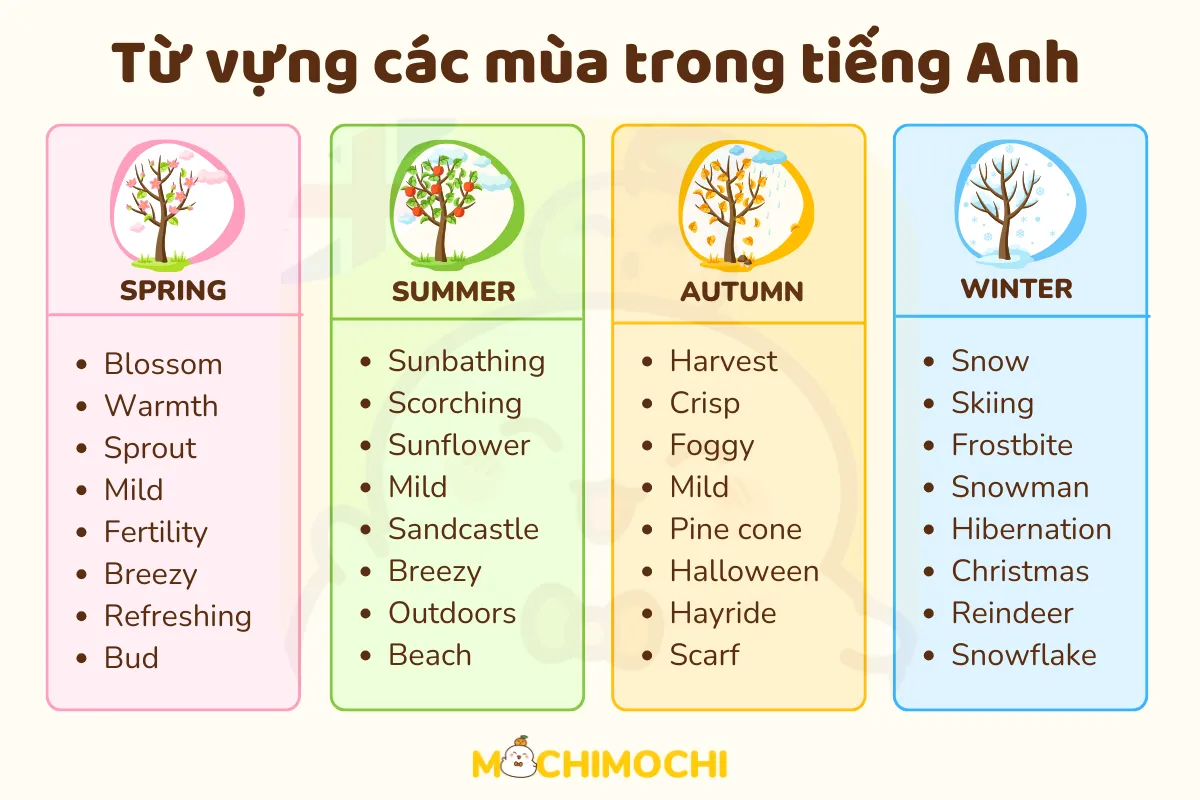
The verb “fall” has a variety of meanings and uses in English that can make it quite fascinating. At its core, “fall” refers to the act of coming down from a higher position, like when an object drops to the ground. This could be something simple, like a leaf falling from a tree in autumn. In a broader context, “fall” can also signify events happening at a certain time. For instance, Easter falls on different dates each year, and my birthday will fall on a Friday this time.
In addition to these meanings, “fall” can express decline or loss, such as the fall of an empire or the emotional fall someone might experience during hard times. It also appears in many phrasal verbs, including “fall down,” “fall off,” and “fall behind,” each with its own distinct implication. These variations make “fall” a versatile verb in everyday language, whether discussing the changing seasons, personal experiences, or historical events. Understanding its diverse meanings allows for more expressive and nuanced communication in English.
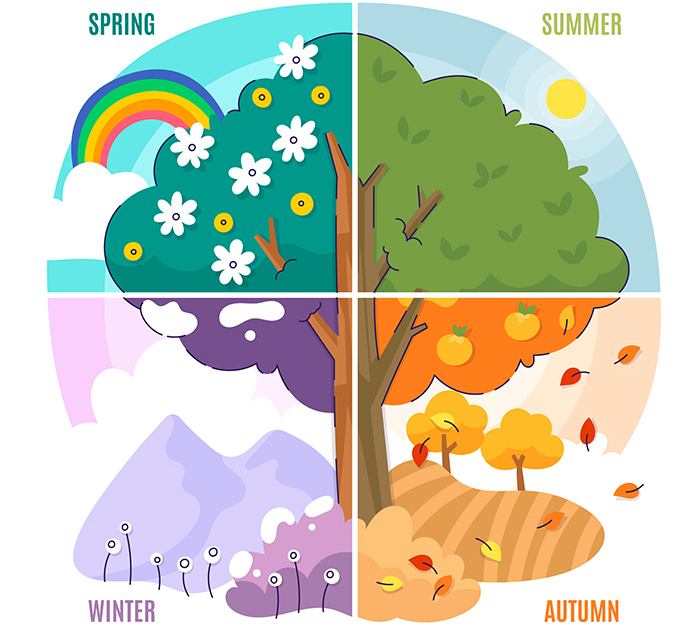
Winter is the season that lies between autumn and spring, typically lasting from November to March in the Northern Hemisphere. It is characterized by its cold temperatures, shorter days, and often snowy landscapes. This time of year can evoke a sense of both coziness and challenge, as people adapt to the harsher weather by bundling up in layers and seeking warmth indoors.
In many cultures, winter symbolizes a time of reflection and stillness. Some may refer to it poetically as “life’s winter,” representing the later stages of life. The beauty of winter can be enchanting, with glistening ice and serene, white snow covering the ground. However, it can also bring harsh conditions, leading to descriptions like “bad” or “harsh winter.”
Despite its chill, winter offers unique activities such as skiing, snowboarding, and holiday celebrations that bring communities together. People eagerly anticipate the joys of winter, from warm cups of cocoa to gathering around a fire with loved ones. Each winter season is a chance to embrace the magic, challenges, and opportunities for growth it brings.

Trong tiếng Anh, bốn mùa được gọi là “seasons,” gồm Spring, Summer, Autumn (hoặc Fall) và Winter. Mùa xuân, hay Spring, mang đến không khí tươi mới với những bông hoa nở rộ. Thời tiết thường dễ chịu, không quá nóng cũng không quá lạnh, là lúc mọi thứ bắt đầu sinh sôi nảy nở.
Mùa hè, hay Summer, được biết đến với cái nóng oi ả. Đây là thời gian lý tưởng cho các hoạt động ngoài trời như đi biển hay tổ chức picnics. Thời tiết thường sunny và có thể có những cơn bão bất chợt, khiến mọi người luôn phải cẩn thận.
Khi mùa thu đến, hay Autumn/Fall, cây cối sẽ chuyển màu và thời tiết trở nên mát mẻ. Đây là thời điểm mọi người thường cảm nhận được sự lãng mạn với những cơn gió nhẹ nhàng và ánh sáng ấm áp của mặt trời.
Cuối cùng, mùa đông, hay Winter, mang đến khí trời lạnh giá, thậm chí có thể frosty. Mọi người thường quây quần bên những bếp lửa, và thưởng thức những hoạt động như trượt tuyết hay xây người tuyết. Mỗi mùa đều có vẻ đẹp và đặc trưng riêng, tạo nên sự phong phú trong cuộc sống.

There are four distinct seasons in a year, each bringing its own charm and beauty. Spring is the first season, characterized by blooming flowers and mild weather. It’s a time of renewal, as nature awakens from the cold winter. The air is fresh, and people often feel more energetic and hopeful during this time.
Next comes summer, a season known for its warmth and sunshine. It’s a great time for outdoor activities such as swimming, picnics, and vacations. The days are long, and the weather can be hot, making it perfect for enjoying time at the beach or in the park.
Autumn, also known as fall, follows summer and is marked by the changing colors of leaves. Trees turn shades of red, orange, and yellow, creating a beautiful landscape. This season is often associated with harvest time and various festivities, such as Halloween and Thanksgiving.
Finally, winter arrives, bringing cold weather and sometimes snow. It’s a cozy time, often spent indoors with family and friends. Winter festivities, like Christmas and New Year, bring joy and warmth despite the chilly temperatures. Each season truly offers a unique experience in nature and life!
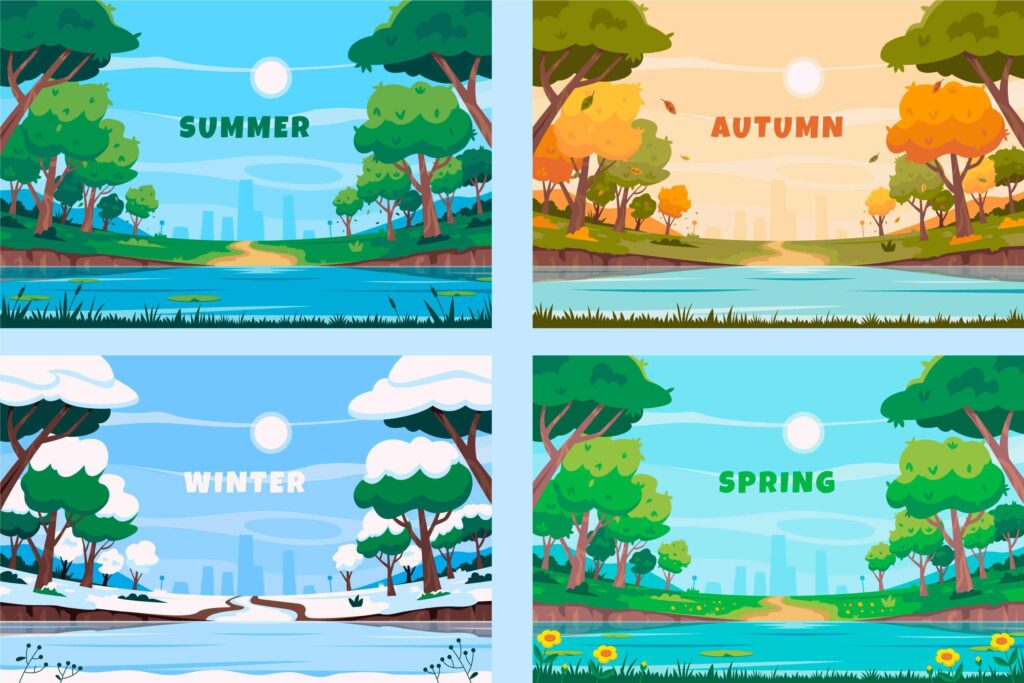
The four seasons, each with its own unique charm, shape our experiences throughout the year. Spring is a season of renewal and growth, where flowers bloom and trees regain their vibrant greenery. This time often brings a sense of hope and freshness as nature awakens from its winter slumber.
Summer follows, being the warmest season of the year. With sunny days, people flock to beaches and parks, enjoying outdoor activities. The long, bright evenings provide the perfect backdrop for barbecues and outdoor fun with family and friends.
As summer fades, we welcome autumn, also known as fall. This season is marked by cooler temperatures and the beautiful transformation of leaves into shades of red, orange, and yellow. It’s a time for harvests and cozy sweater weather, making it a favorite for many.
Finally, winter arrives, enveloping the world in a blanket of snow, especially in colder regions. This season is often associated with festivities and family gatherings, as well as cold, frosty days that encourage warm drinks and indoor activities. Each season offers its own joys, making the cycle of the year something to cherish.

The four seasons are an essential part of the year, each bringing its unique charm and character. Spring, pronounced /sprɪŋ/, is the season of new beginnings. Flowers bloom, and trees regain their vibrant leaves, creating a colorful landscape. People often feel energized and inspired as they enjoy the warmth of the sun after a long winter.
Following spring is summer, pronounced /ˈsʌmər/, a time for fun and adventure. Schools are out, and families often go on vacations. The weather is hot, perfect for beach outings, barbecues, and outdoor activities. Everyone seems to bask in the joy that summer brings.
Next comes autumn, also known as fall, pronounced /ˈɔtəm/ or /ˈfɔl/. This season is famous for its beautiful foliage, with leaves turning rich shades of red, orange, and yellow. The air gets cooler, and people prepare for harvest festivals and cozy gatherings.
Finally, winter, pronounced /ˈwɪntər/, brings a serene coldness and a sense of calm. Snow covers the ground in many places, creating a magical atmosphere. It’s a time for hot drinks, holidays, and spending time indoors with loved ones, making memories to cherish. Each season has its beauty, making the cycle of the year a fascinating journey.

Trong bài viết này, chúng ta đã cùng nhau tìm hiểu về các mùa trong tiếng Anh, từ mùa xuân tươi đẹp với sự hồi sinh của thiên nhiên, đến mùa hè rực rỡ và ấm áp, tiếp theo là mùa thu với những chiếc lá vàng rơi, và cuối cùng là mùa đông lạnh giá nhưng đầy kiến trúc tuyệt đẹp. Mỗi mùa mang đến những trải nghiệm và cảm nhận riêng, không chỉ trong cuộc sống mà còn trong ngôn ngữ. Việc nắm vững từ vựng và ý nghĩa của các mùa sẽ giúp bạn giao tiếp tốt hơn và cảm nhận sâu sắc hơn vẻ đẹp đa dạng của cuộc sống.